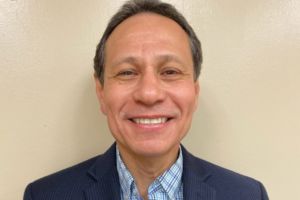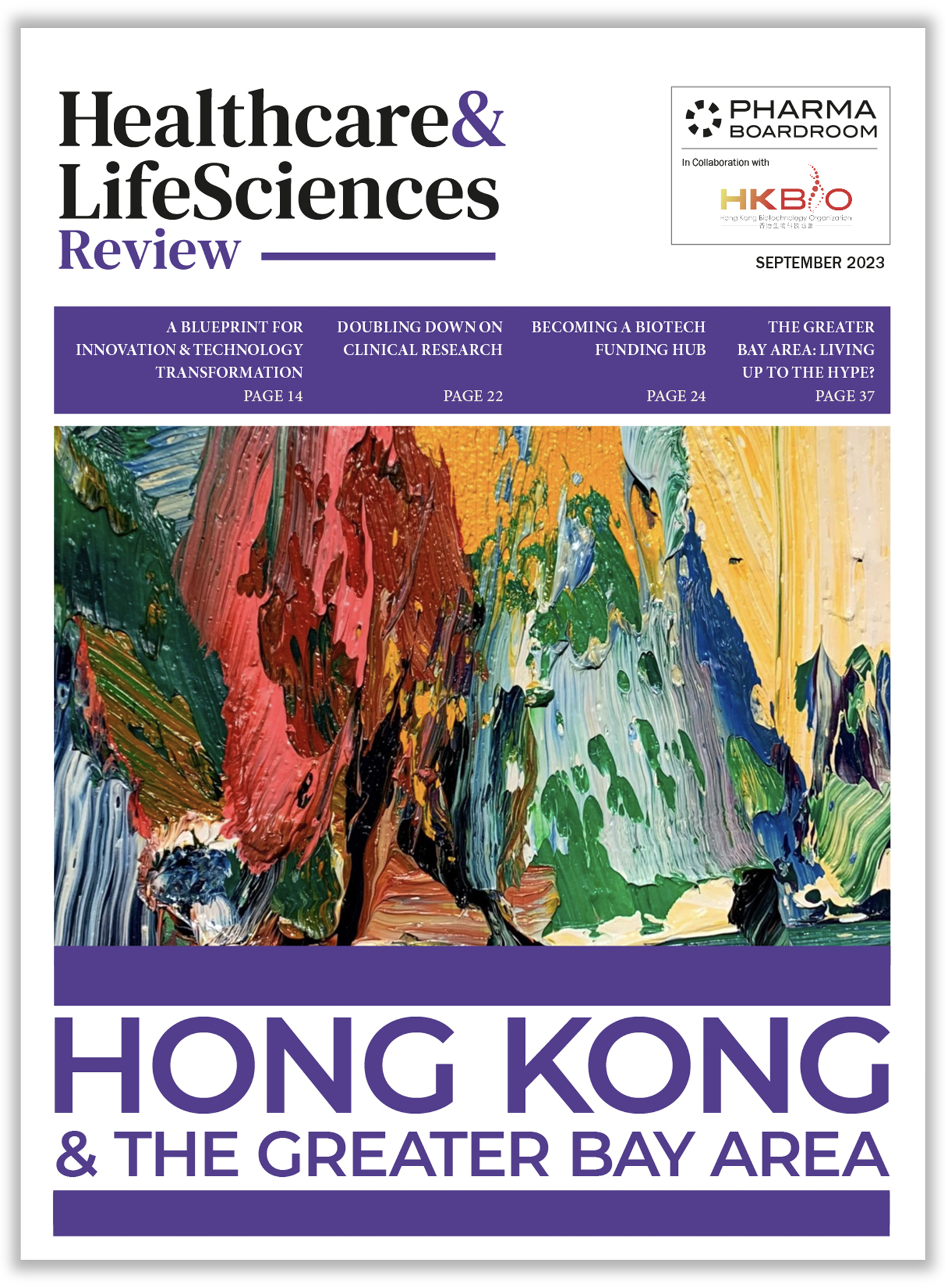With four manufacturing plants in three sites, Becton, Dickinson and Company is a symbol of the Puerto Rico’s manufacturing prowess. José Sánchez, director of Reagent Manufacturing and operations manager for BD’s Cayey site, discusses the company’s 62-year history on the island and explains why it continues to be an attractive manufacturing hub with extensive incentives, an unmatched workforce and a special Caribbean spirit that helped Puerto Rico overcome a category 5 hurricane.
What is BD’s current footprint and activities in Puerto Rico?
BD has a long history in Puerto Rico, the first plant was built in 1957 in Juncos and the first product made were thermometers; that plant now makes needles for anesthesia and biopsy applications. The newest plant on the island is the bioscience plant inaugurated in 2007 and makes monoclonal antibodies for research and clinical diagnostics in cancer, lymphoma, HIV and other cell-based diagnostic methods. Most of our production is used in diagnostics, which implies a great responsibility; everybody understands the importance of what we do. Quality is an aspect in which we excel, we say “quality first and safety always”. It is key because there is a patient at the end of everything we do. Moreover, C. R. Bard’s Humacao plant is now part of our family after BD acquired Bard in 2017, and they also have an office in San Juan that supports other plants outside of Puerto Rico.
What has been your trajectory in the healthcare and life sciences industry?
I graduated from the University of Mayagüez in Puerto Rico; it is a university known for engineering and biotechnology. I did my Engineering studies there and I began working for Eli Lilly back in 1989. I worked for Eli Lilly for about 16 years, right at the time when the company had launched Prozac, one of Lilly’s blockbuster drugs at that time. I had the opportunity to work for three years in one of Eli Lilly’s plants in Ireland, making active pharmaceutical ingredients. I came back to Puerto Rico with Eli Lilly and got a call one day about an exciting biotech project from BD. At the time, there was a biotechnology boom on the island with many new plants being constructed, and others expanding; Amgen, Baxter and many others were establishing a presence here. Puerto Rico was competing with Ireland and Singapore for the biosciences plant and we were able to get the necessary incentives to win the bid for the island. I was shown a drawing of a green field site and a manufacturing process, but there was no building or anything. To leave a pharmaceutical company after 16 years, it needed to be an ambitious and pioneering project. I was employee number one and we built the plant from zero. It was the first BD biotechnology plant outside California; they had a plant in San Jose and another in San Diego. It was finished in 2007 with validation and FDA registration.
That is where I began my career with BD, I became the first plant manager of the Biosciences site in Puerto Rico and then was offered an opportunity to work with a global manufacturing strategy that started a manufacturing plant in Hungary for reagents and another in Singapore for instrument manufacturing, and increase the capabilities of the Puerto Rico’s plants. After that, I got the opportunity to direct all the BD Biosciences reagents plants for BD’s global manufacturing. About half of that assignment was in California and the rest in Puerto Rico.
How do you assess the importance of the Puerto Rican operations for the global company?
Many of the products made in Puerto Rico are critical to healthcare, for example, one of the most important products we make here is BD Bactec, which is a blood culture application. The products being produced here are shipped globally, which is important considering Puerto Rico’s geographical location. Since 1957, BD has been present here and the company has only shown expansion initiatives. We also use a fair number of local suppliers. The Cayey plant ships to the USA, Europe and Asia. The world is getting more competitive by the day so we must improve to remain competitive. One of Puerto Rico’s advantage is our experience in global manufacturing; being part of the United States, the regulatory systems and bodies are similar. That gives us an edge. Some of us are second or third generation manufacturers, raised thanks to manufacturing and these global companies. And the generations continue, my son is a chemical and software engineer and my daughter is an industrial microbiologist. We have the experience from our fathers and our kids are gaining it, too.
What can you tell us about the performance of BD’s supply chain, compared to other medical device companies in Puerto Rico?
We had a big challenge with Hurricane Maria, our plants sustained damage, which created risk to our inventory levels, even though we had safety stocks. I am proud to say that we have been able to recover thanks to the commitment of our people, suppliers and logistics partners.
What impact have you seen, if any, after BD’s acquisitions of Bard (2017), and CareFusion (2015)?
The acquisitions have had a positive impact on us in Puerto Rico. Bard’s plant has continued to operate, and we are happy to have another BD site on the island; the family keeps growing.
Clearly the company sees value in the island with manufacturing plants in Cayey, Humacao and Juncos. What do you consider to be the main strengths of Puerto Rico as a manufacturing hub?
Our regulatory framework, being part of the US, is a clear advantage. Also, we have a stable system with universities and a public sector that is transforming to improve the competitiveness of Puerto Rico through incentive programs, and, of course, the geographical location of the island. We also have great natural resources with quality water. We can compete with any country in the world. One current challenge is the electricity infrastructure after Hurricane Maria. BD is working with solar panels and other energy projects to help with the cost and stability of electricity.
What would you tell people that are uncertain of Puerto Rico as a safe investment after Hurricane Maria?
I think we are better than before. It was a life-changing experience and an eye opener for Puerto Rico. Hurricane Maria was the worst natural disaster in many generations. We learned a lot and are even more prepared for future hurricanes. We have backup generators, well water, and logistics alternatives. Also, the commitment of the people was put on display. The day after Hurricane Maria, more than 90 percent of our employees came to work. We knew that we needed the plant to continue operating for the patients we serve.
Reflecting back on your years at BD, what would you say is your proudest moment?
It is hard to choose just one. The opening of the biosciences plant is one because I had the great opportunity to lead the effort. Another was having both Cayey sites win the BD Manufacturing Excellence Awards for the medium and the large sites. It was a recognition for both plants, for getting inventory levels stable, the environment and culture of safety, being efficient, controlling costs and making quality products among other positive attributes. Also, something that has helped us in the past is the fact that we always deliver. It is about credibility; it takes a life to develop and just one second to lose. We had a project to expand another area of our process that started before the hurricane and ended two years after the hurricane. The delay for that project was just two weeks.
What motivates you to continue in the role?
I come here every day knowing that what we make is helping patients. Ever since I started working with pharmaceutical products and medical devices, I understood that it was about helping people. Just saving one life with the right diagnostic pays for a whole career







